A collision happens when one object runs into another. When objects collide, the energy transfers from one object to the other. Energy is the ability to do work (or in more simple terms: energy makes things happen). The amount of energy transferred during a collision depends on the weight and speed of the moving object.
To better understand how energy transfer and collisions work…
LET’S BREAK IT DOWN!
Collisions happen all around us.
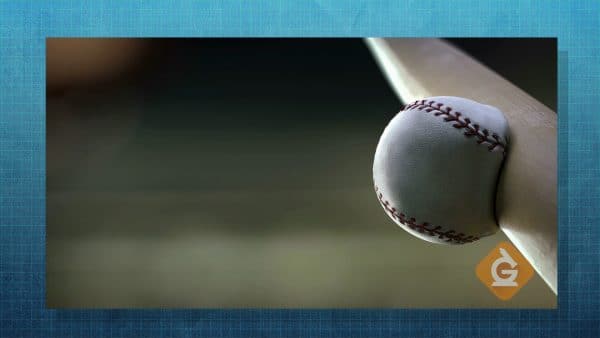
Every day, we see and experience hundreds of collisions. A collision could be as gentle as a puppy licking your face, or as dramatic as a wrecking ball smashing into a building.
Collisions are part of our everyday lives. People drop things which collide with the ground. Drumsticks collide with drums to make sounds.
Sports involve numerous collisions. Think about baseball. The batter tries to collide the bat with the ball. At the instant of impact, the energy transfers from the swinging bat to the ball, which makes it fly.
Energy transfers when two objects collide.
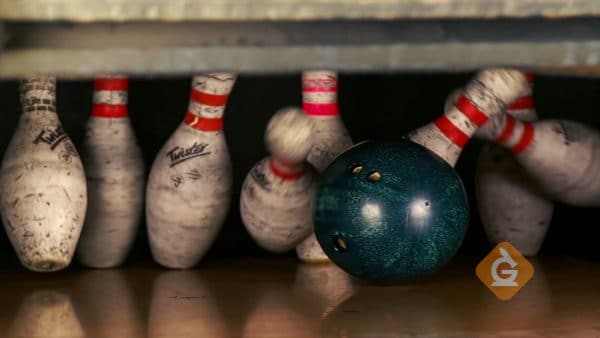
Do you enjoy going bowling? When you bowl, you are transferring the energy from the moving ball to the bowling pins.
Bumper cars are another great example. In this case, all the cars are usually in motion. When one bumper car hits another car, the energy is transferred and the passengers in the cars feel a change in their motion. The cars may stop or change direction due to the impact of the collision.
The faster an object is moving, the more energy it can transfer.
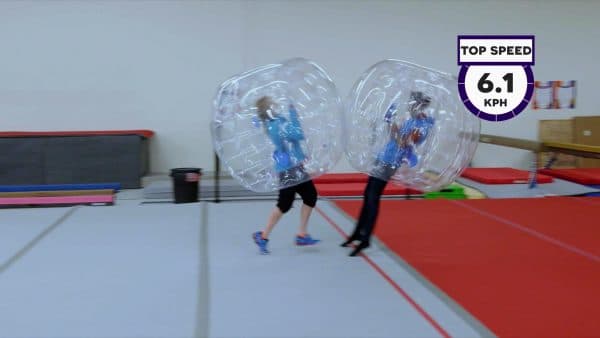
The amount of energy transferred between moving objects depends on the object’s speed. Objects that are moving faster have a bigger impact because they transfer more energy.
In the video, Dr. Jeff’s mom was able to knock Izzy farther when she ran faster. That's because she had more energy to transfer. That energy was transferred to Izzy when they collided.
This has an important real-world application for car safety. When cars are traveling fast and they have an accident, the crash is typically much worse than if the car was traveling slowly. Speed limit signs are posted to keep drivers safe for this reason.
The heavier an object, the more energy it can transfer.
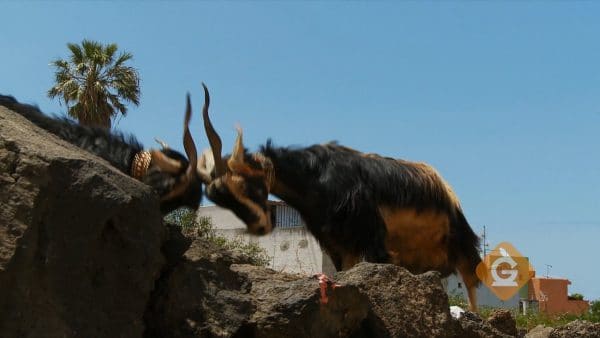
Heavier objects carry more energy. This explains why car accidents involving trucks are so damaging to cars. During a collision, the energy carried by the heavy truck is transferred to the lighter car.
Have you ever noticed that the biggest football players have the most stopping power? If a 300-pound lineman tackles a 100-pound quarterback, the quarterback doesn’t have a chance.
Animals sometimes fight over territory. The larger animal is usually more successful in these fights, because it has more weight and can transfer more energy during a collision.
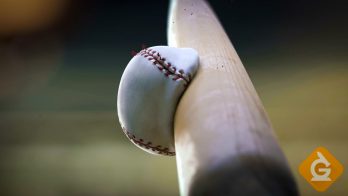
































































































































 Select a Google Form
Select a Google Form









